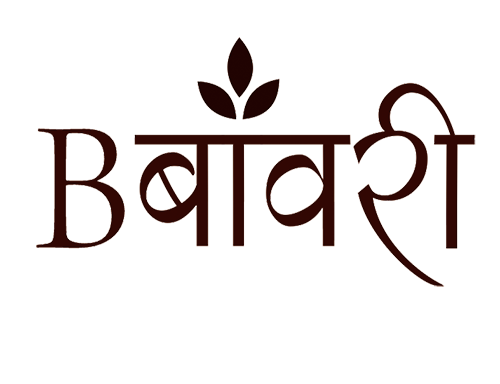
What Is Brocade Fabric ?
Share
Not all Banarasi fabrics are brocade. Banaras (Varanasi) is a city in Uttar Pradesh known for its holy status and its history of hand-woven brocade and textiles, especially saris. The brocade term originates from Latin word “brochus“ meaning "to transfix." These intricate fabrics are created using warps and weft threads of different colors and materials, sometimes even gold or silver. The Banarasi weaving industry employs about 40,000 people and is mainly concentrated in the areas of Peeli Kothi, Madanpura, Saraiya, Bajhadhiya, and Lohta. The main product of Banarasi handloom weaving is the traditional saree.
You may have encountered a fabric with a metallic zari design at some point in your life, which could have been brocade. In brocade, the designs are woven into the fabric during the weaving process, giving the appearance of embroidery even though it is not. The reason why brocade is associated with elegance is that the designs are woven with threads that are a different color than the main threads and sometimes even made with metallic threads like gold or silver. Additionally, when the fabric was first created, it was considered a luxury only for the wealthy or royalty.
Brocade was first found during China’s Warring States period between 475 to 221 BC. According to historians, during the 6th Century, intrepid monks from the Empire of Byzantine secretly took the sericulture out of China.
During the majority of British rule, handlooms were mostly unused, apart from a small number of specially made pieces for the royal court. As a result, the Banaras weaving community declined in size. After India gained independence, the situation for handlooms improved as Mahatma Gandhi and his supporters worked to revive weaving techniques and provide employment opportunities for rural areas and handloom weavers throughout the country.

Here's a fascinating fact before we explain the entire manufacturing process for brocade. Brocade is made from strands that are dyed before they are woven together, unlike most fabrics, which are dyed after they are woven. This is so that the design is integrated into the fabric rather than being added later. The design would be concealed by the dye if the fabric was colored after the pattern had been woven. In the past, the fabric was woven by hand on a conventional loom. You can only imagine how long that took and how meticulous it was to weave the designs (yet another reason to be expensive)
Brocade is made by adding an extra weft yarn to the compulsory warp and weft yarns, creating intricate patterns that give it an embossed look. Advances in technology have made it possible to produce brocade with a jacquard loom, which simplifies the manufacturing process. There are various types of brocade, including continuous brocade, discontinuous brocade, silk brocade, synthetic brocade, cotton brocade, Himru brocade, and Zari brocade. Each type is made with different materials and techniques, resulting in different characteristics and qualities.
Since the beginning of time, handwoven Banarasis have been made for the connoisseur. Due to exposure to several cultures, rulers, religions, and socioeconomic factors throughout the course of centuries, these textiles have undergone a number of transformations. The exquisite artistry used in the Banarasi's creation is what gives it its beauty. As in previous eras, this exquisite and detailed craft will endure for a very long time.
